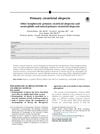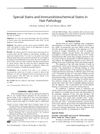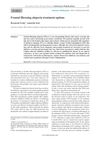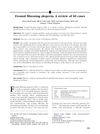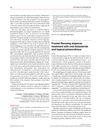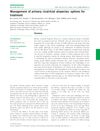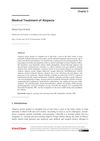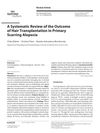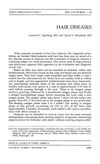Cicatricial Alopecia: Overview and Treatment Recommendations
April 2018
in “
Journal der Deutschen Dermatologischen Gesellschaft
”
cicatricial alopecia primary cicatricial alopecias PCAs permanent hair loss scalp scarring trichoscopy scalp biopsies topical corticosteroids intralesional triamcinolone acetonide DLE LPP FFA inflammation off-label treatments scarring alopecia triamcinolone discoid lupus erythematosus lichen planopilaris frontal fibrosing alopecia
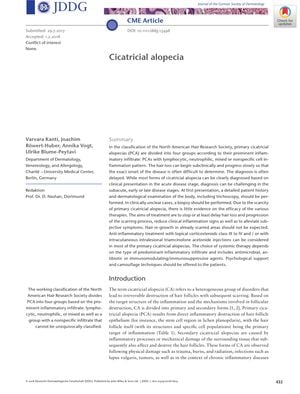
TLDR Permanent hair loss from cicatricial alopecia is treated by reducing inflammation and managing symptoms, but regrowth in scarred areas is unlikely.
The document from April 1, 2018, provides an overview of primary cicatricial alopecias (PCAs), which are classified into four groups based on the inflammatory infiltrate and are characterized by permanent hair loss and scalp scarring. Diagnosis is challenging due to the gradual onset of the condition, requiring a detailed patient history, dermatological examination, trichoscopy, and scalp biopsies. Treatment focuses on halting or slowing hair loss and scarring, reducing inflammation, and managing symptoms, with common therapies including topical corticosteroids and intralesional triamcinolone acetonide injections. The document notes the lack of sufficient evidence for treatment effectiveness due to the rarity of PCA and the absence of prospective controlled studies. It also provides specific treatment recommendations for various forms of PCA, such as DLE, LPP, and FFA, based on published evidence, regulatory approval, and clinical experience, but acknowledges that hair regrowth in scarred areas is not expected. The document highlights the importance of standardized assessment tools for evaluating treatment success and mentions off-label treatments and their importance in managing the condition.
